Pacing is a self-help tool for managing CFS/ME recovery to prevent that awful feeling of ‘hitting the wall’. But what is it and how do you go about doing it? Everyone is different so it’s about exploring what works for you. Find out how I’ve managed pacing – it does get easier! You can also download free pacing worksheets and link to other self pacing articles.
So what exactly is Self Pacing?
The general theory of self pacing is to manage how much we do in contrast to resting time. And ‘doing’ includes all sorts of activities from as little as watching TV or reading a book. These are still activities that require energy. Resting is pure rest, laying down, resting the eyelids closed and disengaging the mind.
With CFS/ME we have the problem that we hit the wall when we utilise too much energy and gauging how much energy needs to be left in the tank, so we don’t crash, can be really difficult to manage. You may have experienced the after effects of activity where you thought it was all ok on the day you did it, but a day or two later you hit the wall as a result. And hitting the wall can mean days, weeks or months of being back in a very debilitating state.
This video below by Freedom From Me does a great job of explaining what happens physically for CFS/ME patients to hit the wall.
So for people with CFS/ME it’s important to manage what we do so we don’t hit the wall, and this can be difficult because as we feel better we want to do more – even catch up on lost time. But this just creates a roller coaster effect.
Thus pacing has come about as a tool to help people with CFS/ME assess and manage doing some activity, to help move recovery forward, while limiting activity so recovery does not go backwards.
Does it work?
There are many people who say that it doesn’t work and this is possibly because they have struggled to find their safe level of activity that does not send their recovery backwards.
I have found that it has worked for me. I’m still in recovery, but I’m now able to do a lot more than use to be able to do and I also have reasonable control to ensure I don’t ‘hit the wall’. However, I still do ‘hit the wall’ and this is usually around limits with social activities which I still find hard to balance.
How I do it
Understanding my own limits
Unfortunately I’d have to say I’m pretty experienced at blowing my limits – over and over again, but this has, over time, enabled me to get a fair understanding of what my limits are.
My limits have been different at different stages too. I don’t think I really knew where I was at at the time, but looking back I can paint a bit of a picture. There has generally been three phases for me:
- Splat – Early stages of illness. Struggling to do anything at all and thus spending most of the time in bed with very little activity – pretty much in a constant state of ‘have hit the wall’. Force self to do very, very small amounts of activity – basically the 5min shuffle in the sun. Difficulty doing anything for self as I’d exceeded my limits in the past and rest was really what was needed.
- Roller Coaster – When I went back to work, able to work for a bit but was difficult to limit the pace and would then ‘hitting the wall’. This was a constant up and down as I couldn’t find the right pace, I was constantly exceeding my limits. It was also, difficulty finding the energy to do any exercise or to eat well so balance was still an enigma.
- Cruiser – Once I gave up work, over time I was able to settle in to a fairly flexible routine where I’m able to do quite a bit but rest as I need it. Hitting the wall is fairly rare now, although I still do have my down weeks (especially before menstruation). It is much easier to build in regular 15 minute walks and cooking nutritious meals now as I’ve eliminated what was pushing me past my limit regularly – unfortunately that was work (I’ll slowly start to look at ways to work that back in as well as I’m able).
I’ve found patterns that work for me
I know that now, in the Cruiser Phase, I can get up most days and do a few hours on the computer without any trouble, however if I chose to get up and do yoga first I may need to have a rest afterwards. I also know that I’ll need a rest after lunch and not to expect too much of myself at that time.
Everyone’s patterns are going to be very individual and finding them out can take a bit of trial and error.
You may already know a fair bit about your limits.
You may like to try writing a list of the things you do through the week and see if you have a sense of how much you can safely do. You may be surprised how much you already know.
But the only way to really know is through trial and error, and given that too much activity can reverse recovery it is really important to take it slow and steady.
I keep records
I’ve found records a great way for working out what works for me. I’ve experimented with goal setting, daily and weekly schedules and journaling. My weekly goals sheet lists the things that are important for me to do through the week and I keep track of my progress.
Some weeks are dismal and I’m kind to myself about that, but the key has been keeping the monitoring going. What I aim for I eventually achieve, but sometimes it just takes a long time.
I’ve also found it’s really important to make sure my goals are realistic. No point disappointing myself or stretching myself. You may have heard of SMART Goals (see below).
I tried a daily and weekly schedule where I scheduled in my activities and rest but I found this didn’t work well for me. I don’t seem to like the rigid routine. However, I have found a bit of balance that came from thinking about those daily and weekly schedules – for me, meals are important and reasonably rigid, mornings are my time for doing things, but I take a rest if I need it. Afternoons and evenings are generally for resting.
I also keep a record of how much exercise I do. I’ve been doing graded exercise, which is when you start small and slowly build up. I’m building up very slowly as it does have a negative kick back effect if I do too much (which I’ve experienced). So I’ve worked up to 15-20min walks three times a week, which is safe for me at this stage. I will try increasing it, but when I feel that my body is ready.
And lastly, I keep a journal. It helps me to refer back and see how far I’ve come and it also helps me to consciously think about what I’m planning for tomorrow. It’s good for reflection, purging and refocusing on a regular basis.
Free Worksheets for Recording Activity and Symptoms
There are some great recording sheets available free of charge online. I think the Cifids and Fibromyalgia Self Help Website – Logs, Forms and Worksheets are really good, however there are also a huge range of sheets and tools on the Get Self Help Uk site as well.
The aim is to experiment by setting a SMART Goal (Specific, Measureable, Achievable, Realistic and with a Target), recording what you do when and how your symptoms respond. A target might be something like:
Potter in the vegetable garden for 5 minutes each day, after breakfast (before the heat). You’ll find a simple target setting sheet on the Cifids and Fibromyalgia Self Help website where you’re prompted to record your target as What; How much; when; how often and confidence level.
I listen to my body
I’m now at a stage where I really just listen to my body and my inner voice. I’ve had enough experience to know in my mind what will push me past my limits, but I also have some sort of internal knowing that kicks in when I’ve reached a point. I now find that if I listen to that voice and act straight away to stop and rest then I find I’m able to have short rests and possibly do a bit more. If I don’t listen to the voice then inevitably I push too far and need to rest a lot longer to get my balance back.
I can’t really explain how this has come about, but I think the following all contribute:
- Repeated experience of hitting the wall
- Slight physical signals (hard to explain but related to the dizziness that I use to have constantly)
- Learning to tune into my body through yoga and mediation
Things that help me to do activity when I’m really tired and scared it will cause me to go backward
I alternate activity with watching movies
I like movies because I can stop and start them as I feel like it. I’ve always loved watching movies, so it gives me a good vibe to do it. However, I have to break it up. Sitting for long periods in front of the TV makes me feel worse. In the early days I spent a lot of time watching movies but would break it up with sleep, reading and listening to CDs. I slowly started adding in activity. Now I use movies as a bit of a reward and relaxation activity which I do after I’ve done my activities for the day or if I need a break.
Yoga
Yoga helped me to do activity when I was barely able to drag myself out of bed. I love Iyenga Yoga which is a yoga that uses a lot of props. Props are great. I find them fun and they help make a lot of poses easier. The BKS Iyengar Yoga: The Path to Holistic Health book is my bible and it has a section in the back outlining series of poses for many different ailments – two of which are physical and mental fatigue. I’ve also been doing yoga for many years now and there are many poses which they call ‘restorative’ poses. These poses are about restfulness and restoring energy. They are great for fatigue. I found if I couldn’t do anything if I just did the pose with my legs up the wall I would immediately feel benefits. I can’t speak highly enough about yoga helping me when I can’t do anything. It is gentle and therapeutic.
Gardening
Gardening is such a joy. Being out in the sun, playing in the soil, listening to the birds, watching seeds grow. It is all fantastically therapeutic.
I have vivid memories of when I started to realise that doing a little of something each day made me feel a lot better than the days I just stayed in bed. I started working on my garden and I was basically only able to work for very short periods of time but I was still getting into it for that short period of time, then I would come upstairs, have a shower and hit the bed! Some days I could do that a couple of times, other days I just had to rest it off. But gardening held some sort of fun and inspiration for me and in the doing and resting I was getting a sense of achievement with my garden and also with my health.
Walking
I’ve always walked, even when I first contracted the Ross River Virus. Walking then was like taking my first toddler steps though, and the intensity of daylight was eye crippling so there was no chance of me doing too much before I would shuffling back into my cave. Five minutes was probably the average back then. But that movement and getting the sun on my body gave me a sense that I was doing something for myself. It helped on many levels.
When I stop walking I start to feel it in my body – my muscles start to ache and my body becomes weaker.
I’ve slowly increased how much walking I do at one time (safe graded exercise).
Final Word
I try not to get too excited and do too much. I’ve done that many times and it doesn’t work. I just steadily and slowly increase things over time. I think it’s more about being regular, to build the body and keeping it steady to build the confidence.
Oh, and if you are always pushing yourself a lot, try aiming for half of what you originally set out to achieve. And if you go backward after trying something, then again half the goal and try again. It is important to find your comfortable starting point and not push to hard or fast, just take it easy and roll with what works for you.
Tags: Balance Exercise Gardening meditation Pacing Self-help Yoga

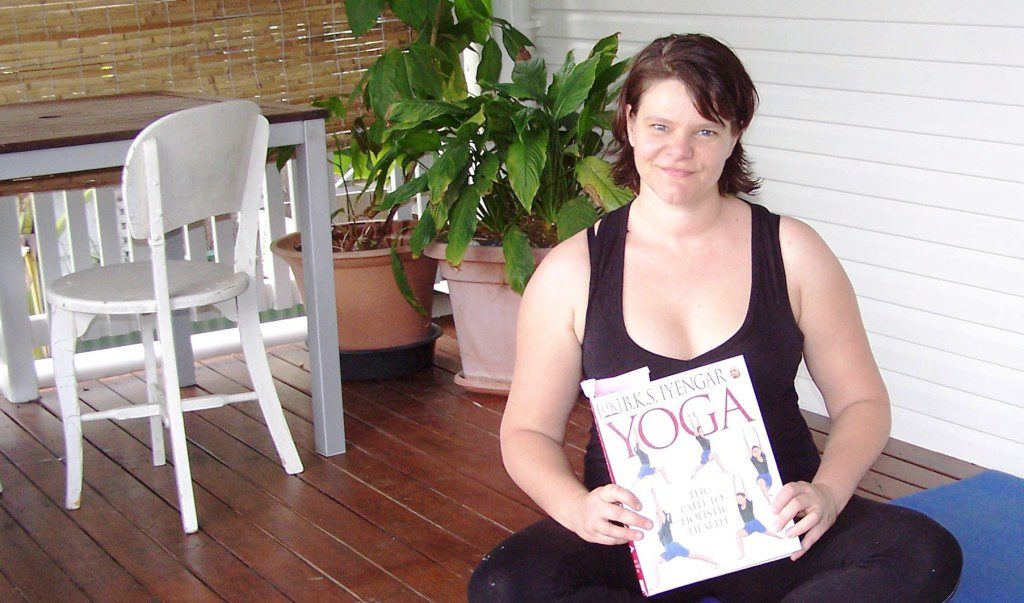
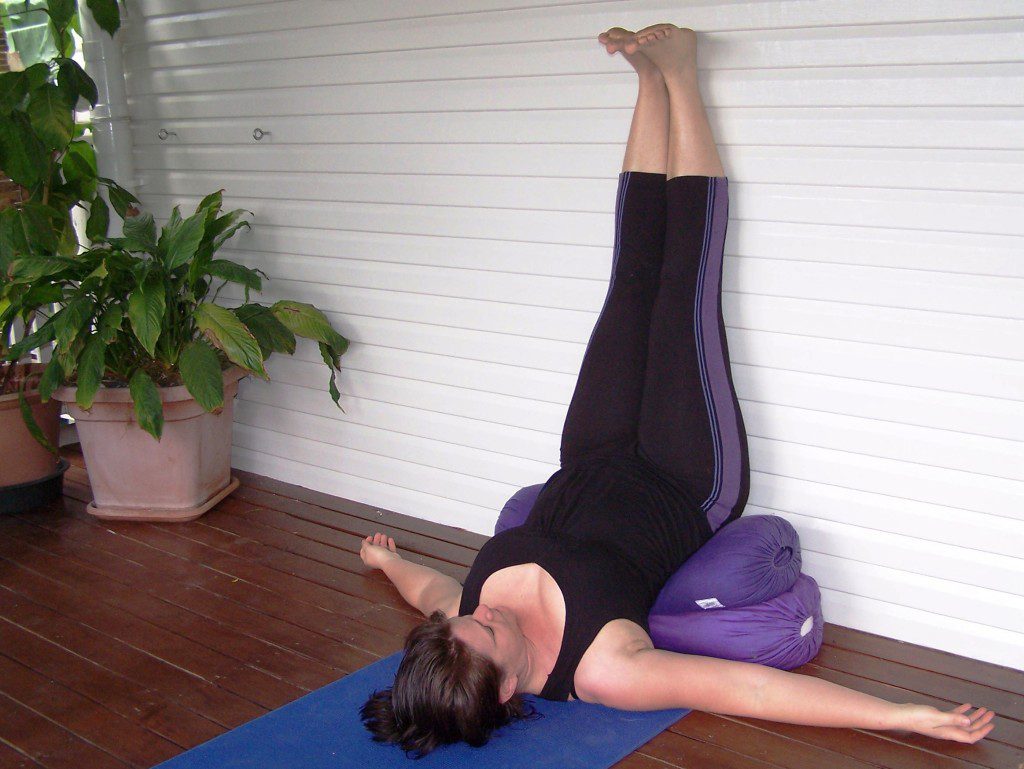
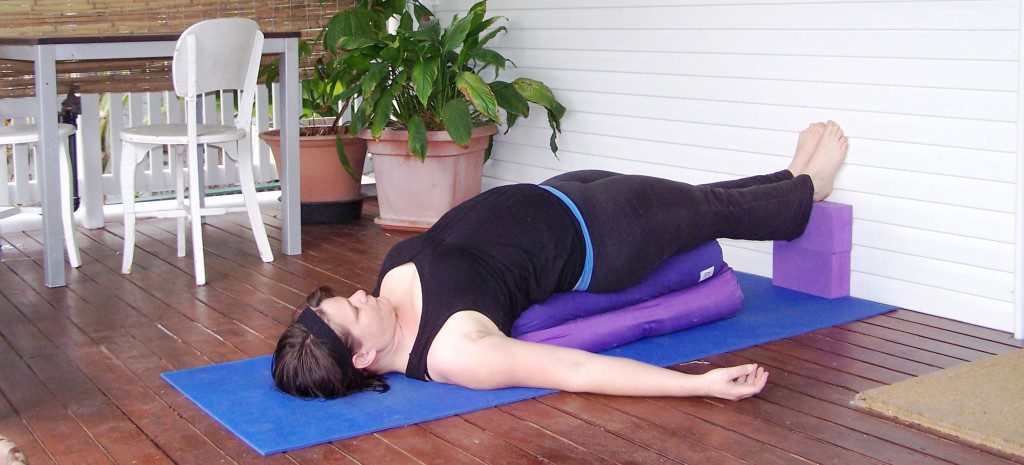
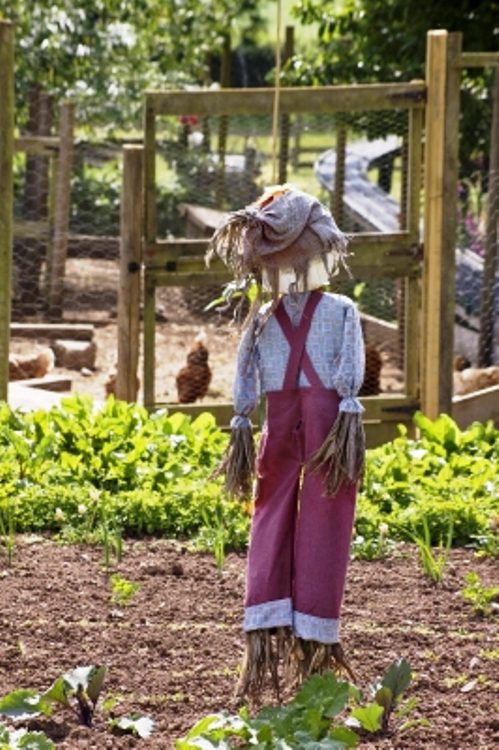
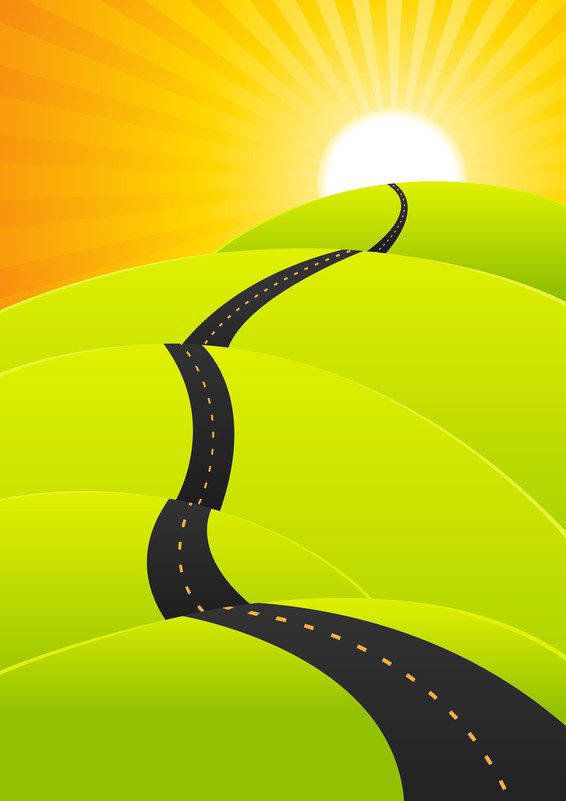
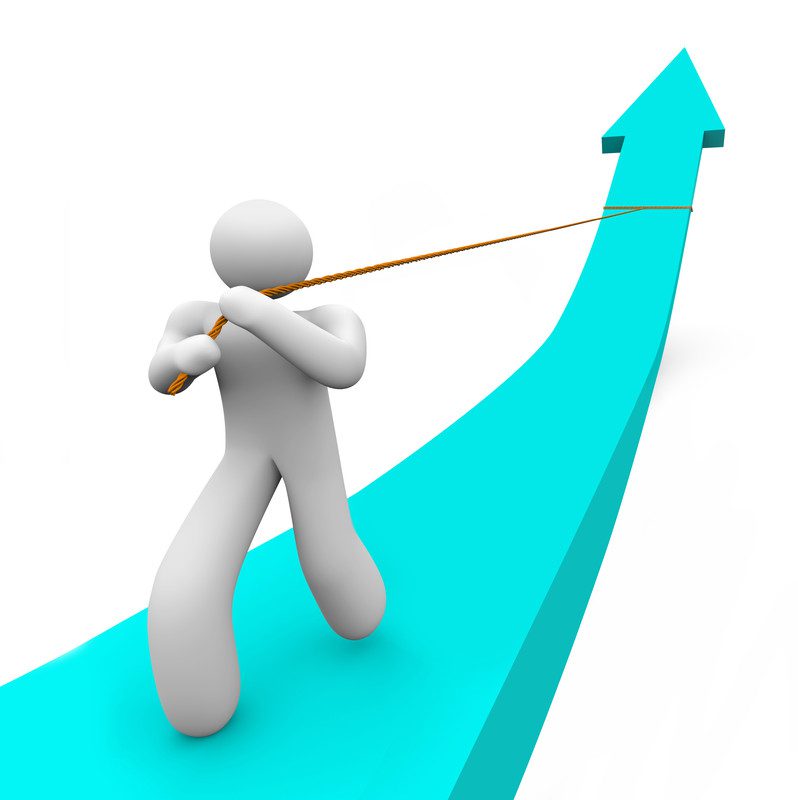
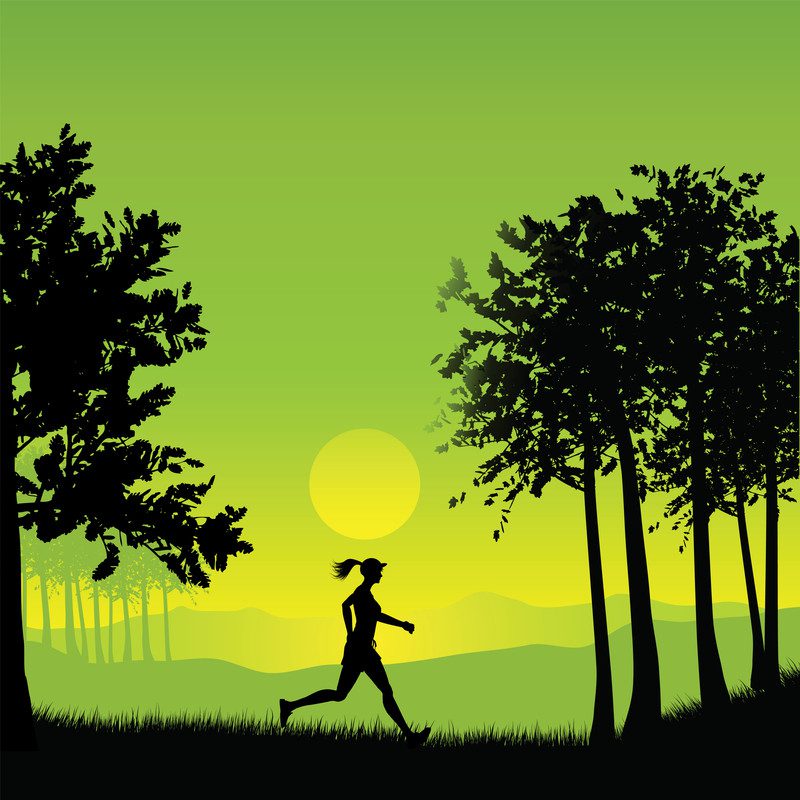
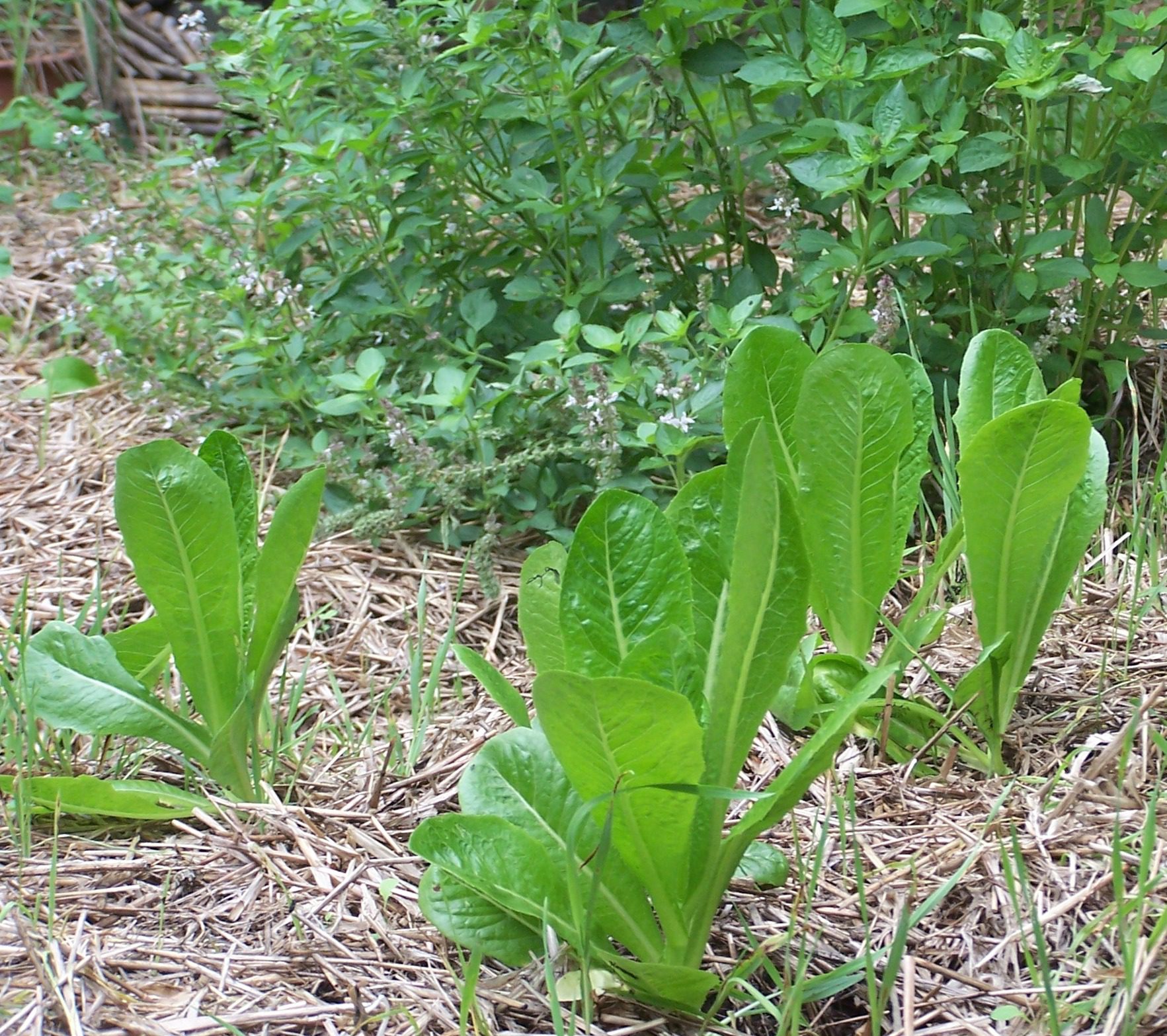






Hi Mel,
The M.E journey is long and hard and it takes A LOT of self monitoring, trail and error… 10 years in I’m still trying to find my feet I still use a wheelchair and walking aids but I know these give me the ability to walk some and rest. which is better than doing nothing, I keep telling my self, that it will not always be like this and I will get better in the end. Confidence helps, giving your self that “time out” to “figure out” what you need to do is crucial.
No one has all the answers but when your not well you try anything, and pacing is the best thing no matter what level you are at.
I see your posts are from last year do you still update your progress? it would be great to know how you are doing
Thank you for you input and oh, I would LOVE to start yoga Im hoping though I don’t break a limb trying lol 😉
Jenny, I’m stoked you mentioned yoga as that was coming to mind for me while reading your post. I have seen some amazing recoveries from all sorts of ailments using yoga and it is so flexible (LOL) you can do as much or as little as you like to get you going. I’ve photographed a couple of poses that were staples for me in https://greengirlfightsfatigue.com.au/self-pacing-for-recovery-from-cfsmefm/ and there is also a link to my main book that I use for home practice. I’m now doing heaps better and able to go to a class that is pretty challenging. You are right about the pacing. Definitely important. Have you looked into your heartrate during exercise? Well worth reading the book that I referred to, you’ll find the link in this post https://greengirlfightsfatigue.com.au/safe-exercise-for-cfsme-recovery/. I didn’t start to see any improvements while doing the pacing thing until I started working with their technique for making sure the heart rate was a little elevated while doing my walking. It really helped.
I’ll work on some more blog posts in the future. Thanks for the encouragement! 🙂
Just to say thank you Green Girl for your Blog, I have fibromyalgia and went away on holiday and did a load of walking, now I am so very tired and achy. My head is feeling very fuzzy and I am having trouble thinking let alone anything else. I will be taking your advice about pacing in future and trying the yoga poses.
Thanks Gillian,
Yes it can be a bit of a pain in the neck having to pace, but once you get a bit of an idea what your body is ok with then at least it is easier to keep yourself in a more balanced state. I always test things out slow and steadily and see how I go before I get too carried away….which I’m pretty prone to doing!:) Thanks Gillian!
This is the clearest explaination I’ve seen yet. I loved the ebook that downloaded onto my kindle (on pc)
Thank you for taking the time to publish this…..
I’ll be taking some time to see what else you recommend
Monica x
Thanks Monica, that’s great to hear. Let me know if you have any particular topics you’d like to hear more about. x
They mention about testing and suppliments. Who do I go to to get tested and to find out what suppliments are needed. My GP is not much help
Hi Monica,
It can be difficult to get a diagnosis. I had ross river virus first which shows up on tests so it was a lot easier for me. There are however some guidelines available that you can provide to your doctor if you already have one you trust and who may be interested in working with you. Here is a couple of guidelines available http://sacfs.asn.au/download/guidelines.pdf and http://www.mecfs.org.au/media/resources/Article-CanadianCDOverviewA4.pdf. You may also be able to find a doctor near you that is listed in this doctors database http://www.chronicfatiguetreatments.com/wordpress/treatments/chronic-fatigue-doctors/.
RE supplements I originally talked to my naturopath about those and was advised which ones to take. Most naturopaths know which are the good quality ones and might also be able to look into your specific case and advise what would be beneficial for you. I now take an organic supplement call Nutriway Double X (referred to as nutrilite in the states). It’s a high quality supplement and its also certified organic. I’ll be posting about those supplements on my site sometime soon. Hope that helps a bit.
Love this Blog!! Love the photos!! Love your zest to motivate others… self pacing… belongs in any one’s life lovely Green Girl XX
Thanks Clazy Friend! Was fun doing the photos of the yoga poses, but had to have a wee rest afterwards! And yes, self pacing is something we should all look into, so much go go go all the time hey! Well not over here in my little retreat! Take care girl. xx
Love this post, thank you, very very helpful as I seem to have a pattern of overdoing it and hitting the wall, and being knocked back for several days before I’m off again…..will be listening more carefully to my body now and applying some of what you suggest.
Fantastic, great to hear, thanks. Let me know how you go, love to hear back about what works and what doesn’t. Thanks Mairi.